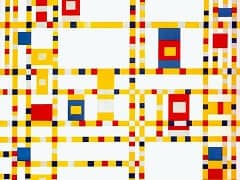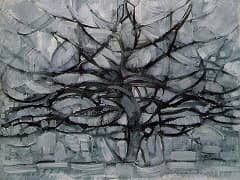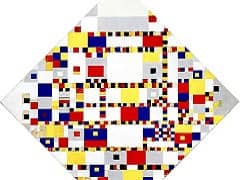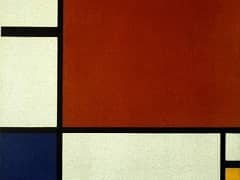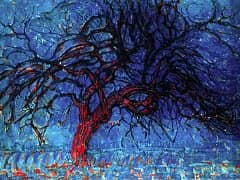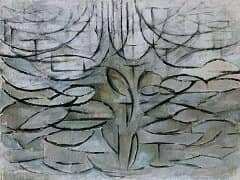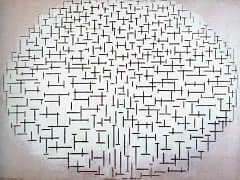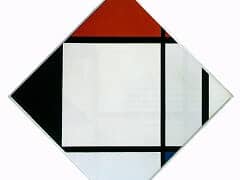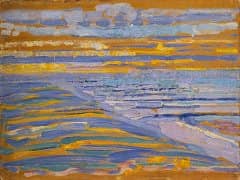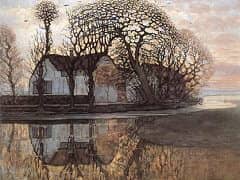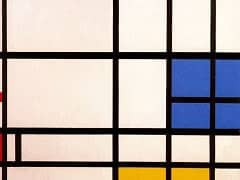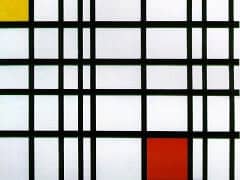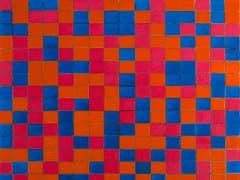Summer Night, 1906 by Piet Mondrian
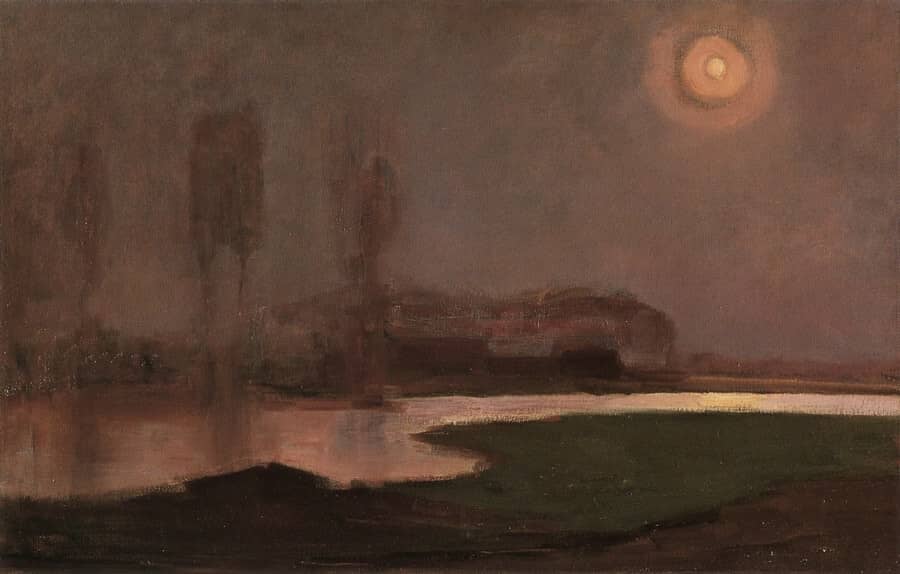
The countryside by night became one of Mondrian's common theme during this time. In several paintings, he conveyed the misty, glowing moonlight with a soft, clear pallet, impasto paint and deliberate lack of detail.
In 1906, Mondrian won the Willink van Collen prize, an award given to a promising young Dutch artist through Arti et Amicitiae. By then, Van Gogh's paintings had become exceptionally popular, and artists everywhere were beginning to emulate his style or explore themes that he had instigated. Van Gogh was particularly popular in the country of his birth. Accounting for his range of styles at that time, Mondrian later wrote: 'If the paying public demands naturalistic art, then an artist can use his skills to produce such pictures - but these are clearly distinguished from the artist's own art.' As an illustration of this, he produced numerous copies of paintings of past masters which sold rather well, but he also created several works for himself, clearly influenced by Van Gogh and Fauvism, although the palette is more akin to the ochres, russets and browns of Rembrandt.
Summer Night displays a soft, directional style, reminiscent of Starry Night by Vincent van Gogh.

